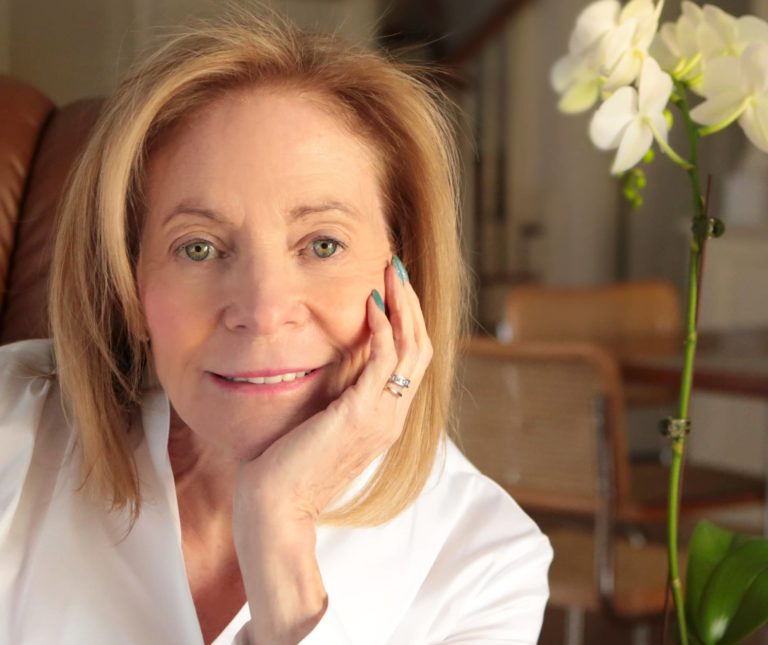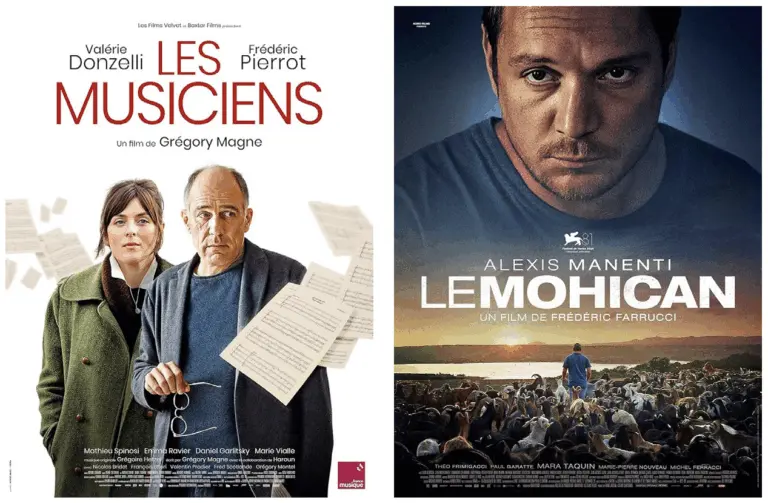By Maria Scaros
“It is the most important function of art and science to awaken feeling and keep it alive in those who are receptive to it.” Albert Einstein
I have been moved to tears in the theater as Juliet raises a dagger to take her life beside her beloved, in a café in Seville witnessing the passion of flamenco, raising my eyes to the ceiling of the Sistine Chapel in the Vatican, and being embraced by the music of Handel’s Messiah. I would imagine that these emotions would re-emerge upon being exposed to these art triggers time and again. The arts have always been my passion. How they affect the human spirit is a new fascination as I work within the field of neuroscience.
During the late twentieth century, the discipline of neuroscience has increased interest in the brain’s function and most recently, in how the brain reacts and relates to the arts. How does the brain process the arts? How does the brain transform that which we see and hear into an emotional and physiological response within the human body? The answers lie within the pathways of the brain that are stimulated by what we see, specifically in visual art. What we see is converted by photoreceptors into electrical signals which the optic nerve then sends to the occipital lobe. Neuroscientists believe it is within this area of the brain, the lateral occipital lobe, where we process the information sent which eventually affects the way in which we create our personal appreciation of art. Is it the colors, the composition, the overall “message” we come to understand? The artist relays a visual message that travels through brain pathways which we finally reconfigure to understand the “feeling” within the message.
Humans are sensorial beings. It is an integral part of our survival. Our senses protect us and heal us. Our senses stimulate biological reactions with incredible speed. We sense danger “intuitively”, and we sense joy “intuitively” through minute triggers in our eyes, ears, nose, hands, and mouth. Our senses have evolved over time. All our senses have helped us cognitively in developing our communication systems. They have also helped us physiologically in developing emotional systems.
Each of us has felt moved by something we see in the world. Awe is felt. It is a mystery and difficult to define because it is sensed. Some of us may be more emotional than others as we are wide open with fewer divergent pathways. Others are more familiar with cognitive sensibilities. All of us somehow are affected by art one way or another.
I recently went to an art exhibition with my older brother who, now retired, was a very successful advertising executive. He was and continues to be one of the smartest people I have known. He relishes a challenge. The more complex the better. Me, I’m more of a feeler than a thinker, I suppose. My strengths are compassion and empathy. My brother is a compassionate being as well, though his strengths are in reasoning and attention. The more convoluted the problem, the more alert his senses are. As we left the museum, I asked him if he enjoyed the exhibition, as I was not particularly impressed. It was modern in its style, and I have difficulty appreciating that form of art. He said he enjoyed it immensely. I asked why. He told me it made him think. It made him curious. It awoke his brain. For me, I felt confused and at times, bored. Both our brains were sensing the art. We both felt it, though one positively and the other, negatively. I am not a connoisseur of art by any means. I know what I like and what moves me. At the MET, I must visit Van Gough’s “Sunflowers” before I continue my visit. It is one of my very few rituals. “Sunflowers” grounds me. They put me in a place of calm, as well as a touch of melancholy. It is not my favorite Van Gough, but it is my anchor. I cannot say why and if I don’t visit Van Gough first, my visit is incomplete. I take in “Sunflowers” and move forward with an open heart and an open mind.
We are not all artists, but we are all creative beings. We can use our senses to understand our world cognitively, physiologically, psychologically, and emotionally. Our senses affect our biology in a myriad of ways. We are now in the realm of neuroaesthetics as we learn about the healing power of the arts for us all. Look to museums, concert halls, the theater and a dance hall for your health and wellbeing. Your brain will thank you.
“To develop a complete mind: Study the science of art; Study the art of science. Learn how to see. Realize that everything connects to everything else.” Leonardo da Vinci
Explore this topic further at An Afternoon at The Bruce…Finding Wellness Through Art, Tuesday, October 24, 4 pm to 6 pm. Registration is required and seating is limited. For more information and to register, go to The Bruce website: www.brucemuseum.org or call The Greens at Greenwich at 203.531.5500.




